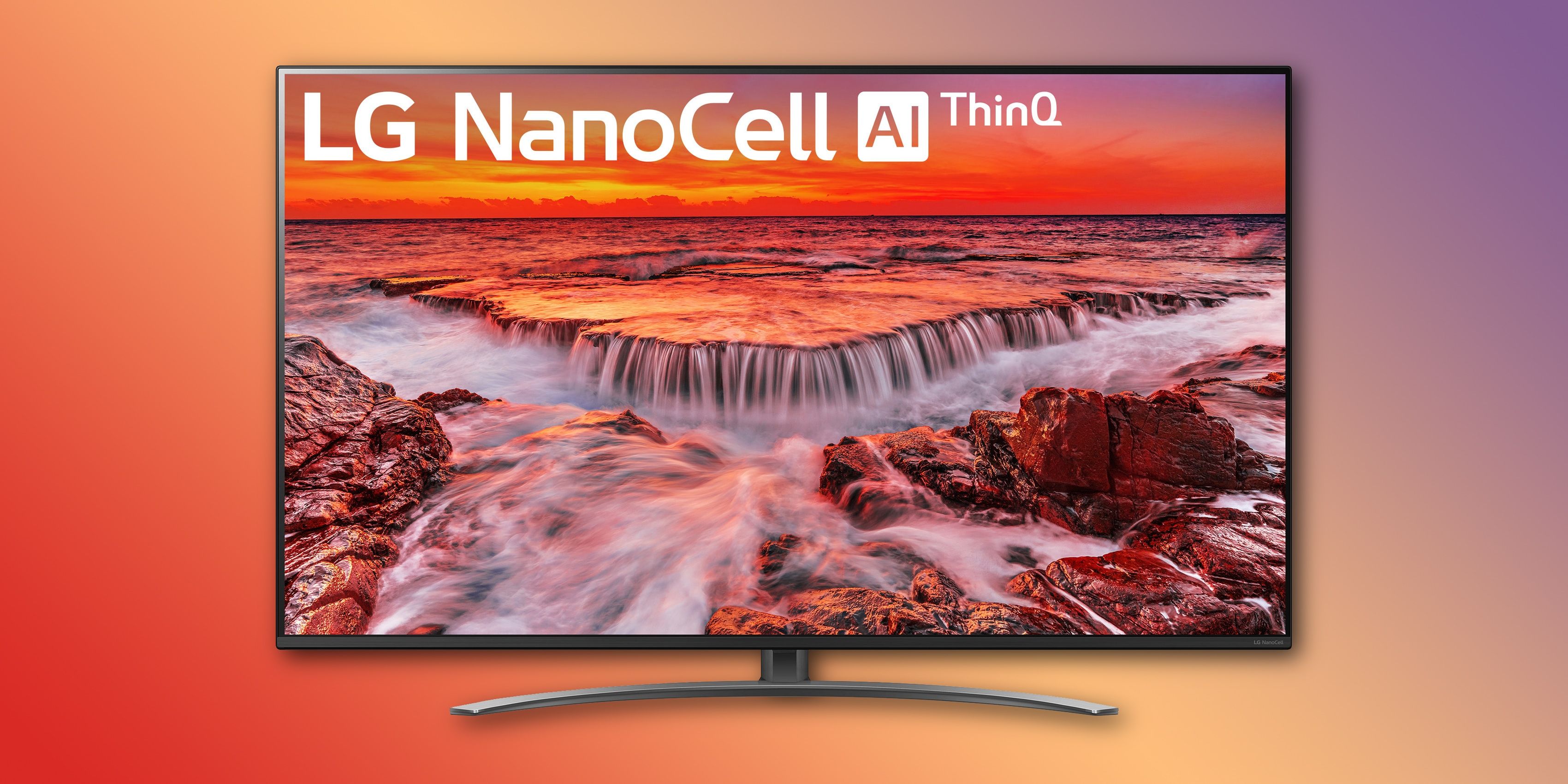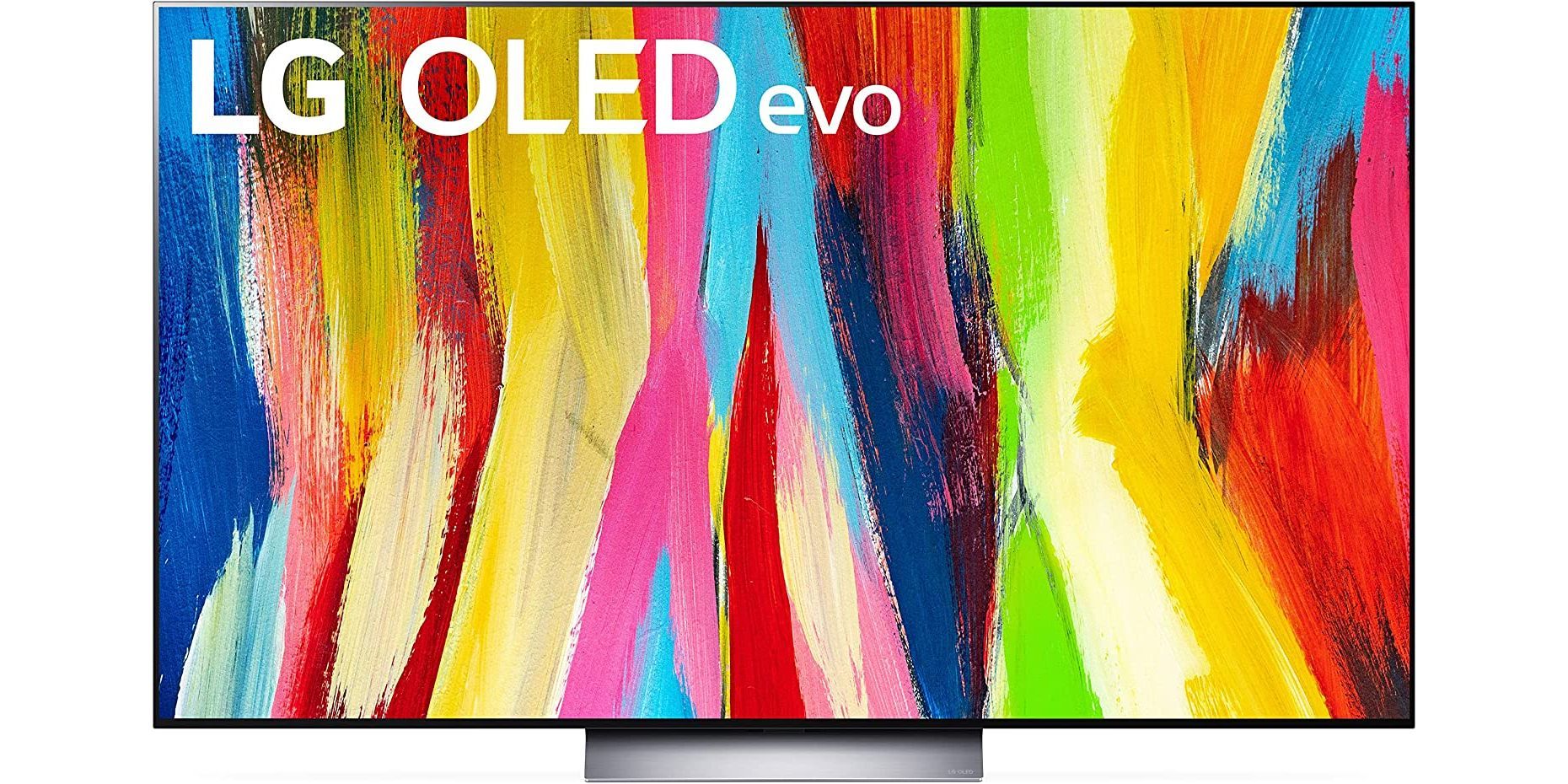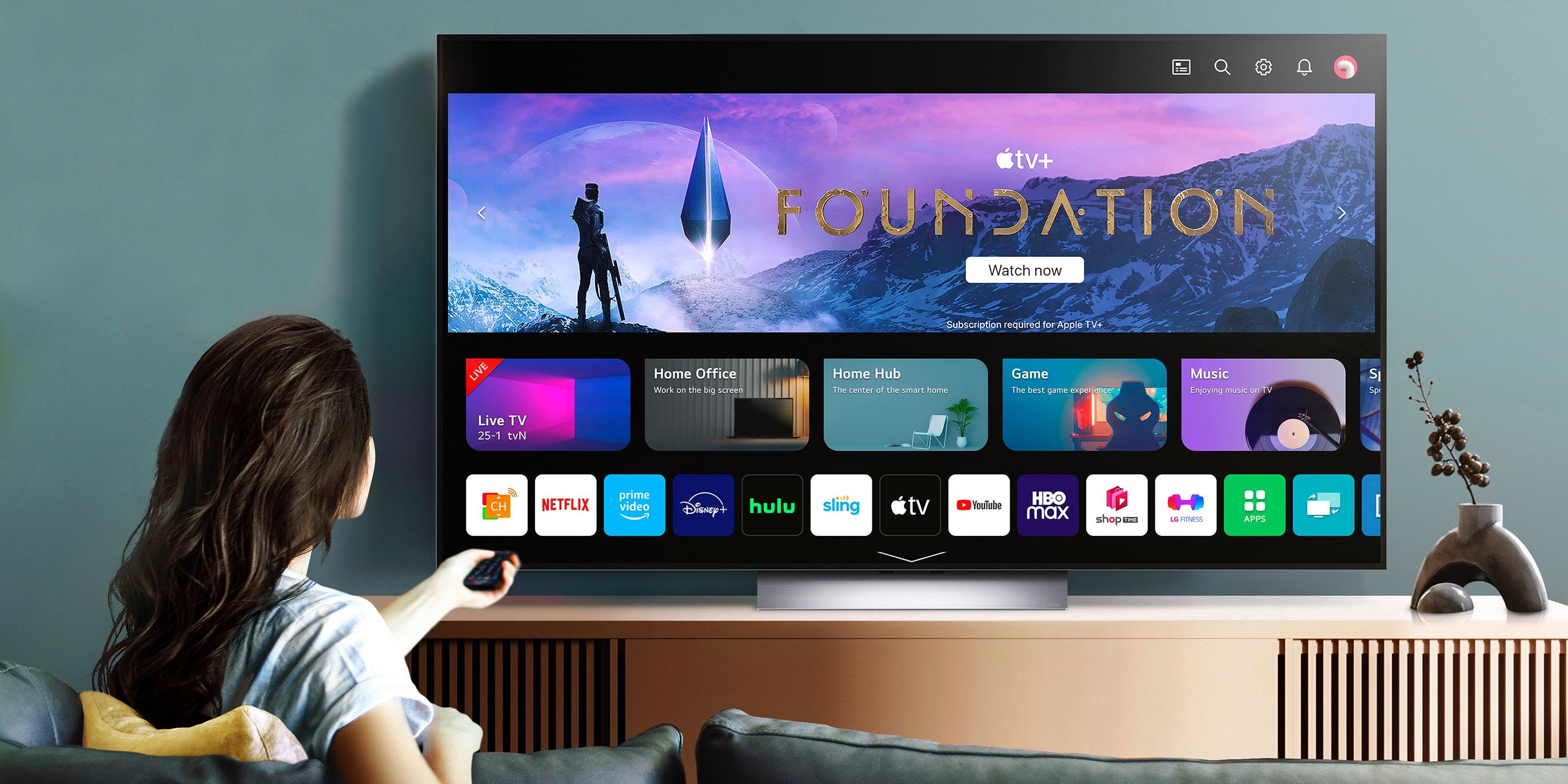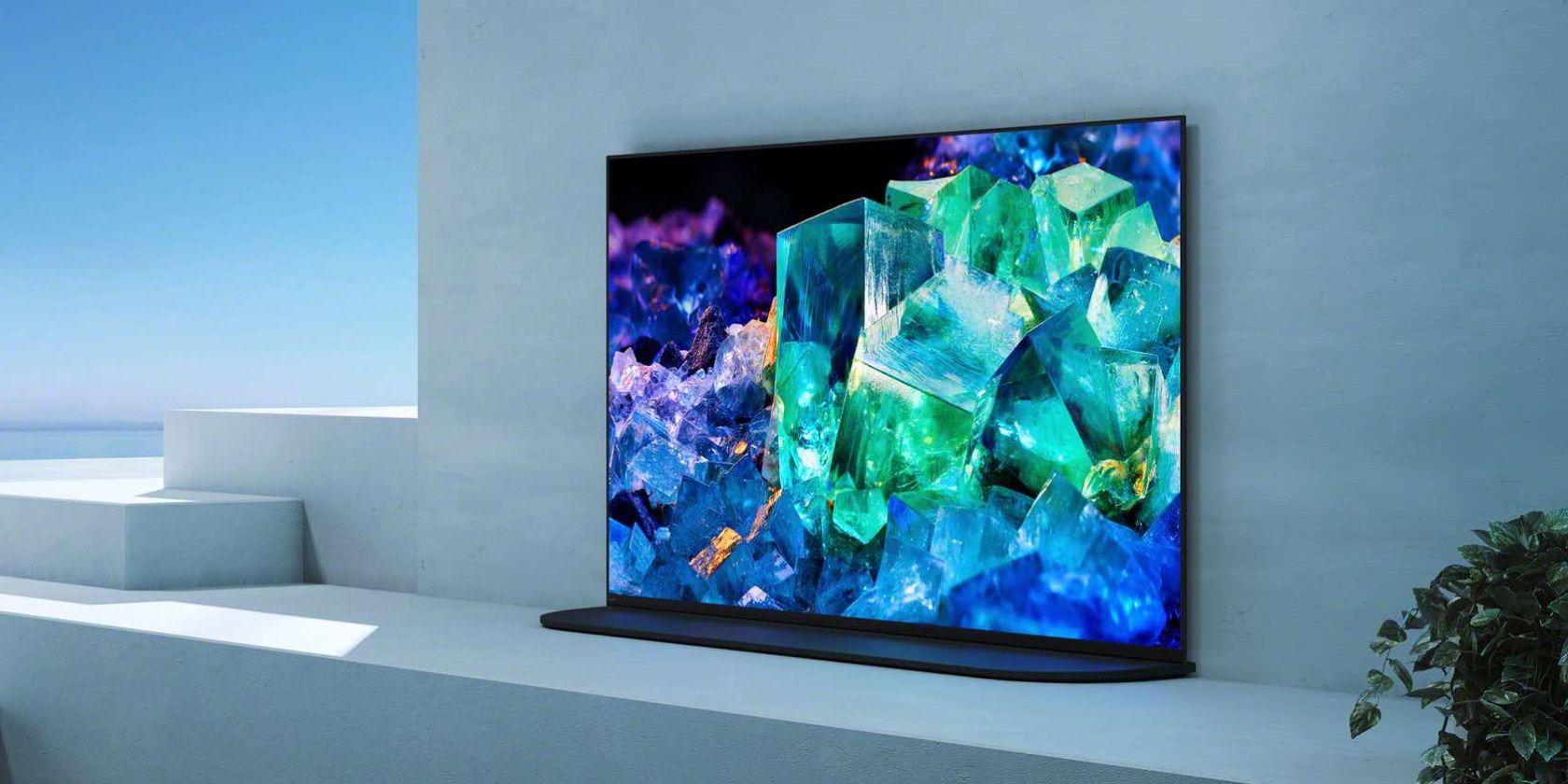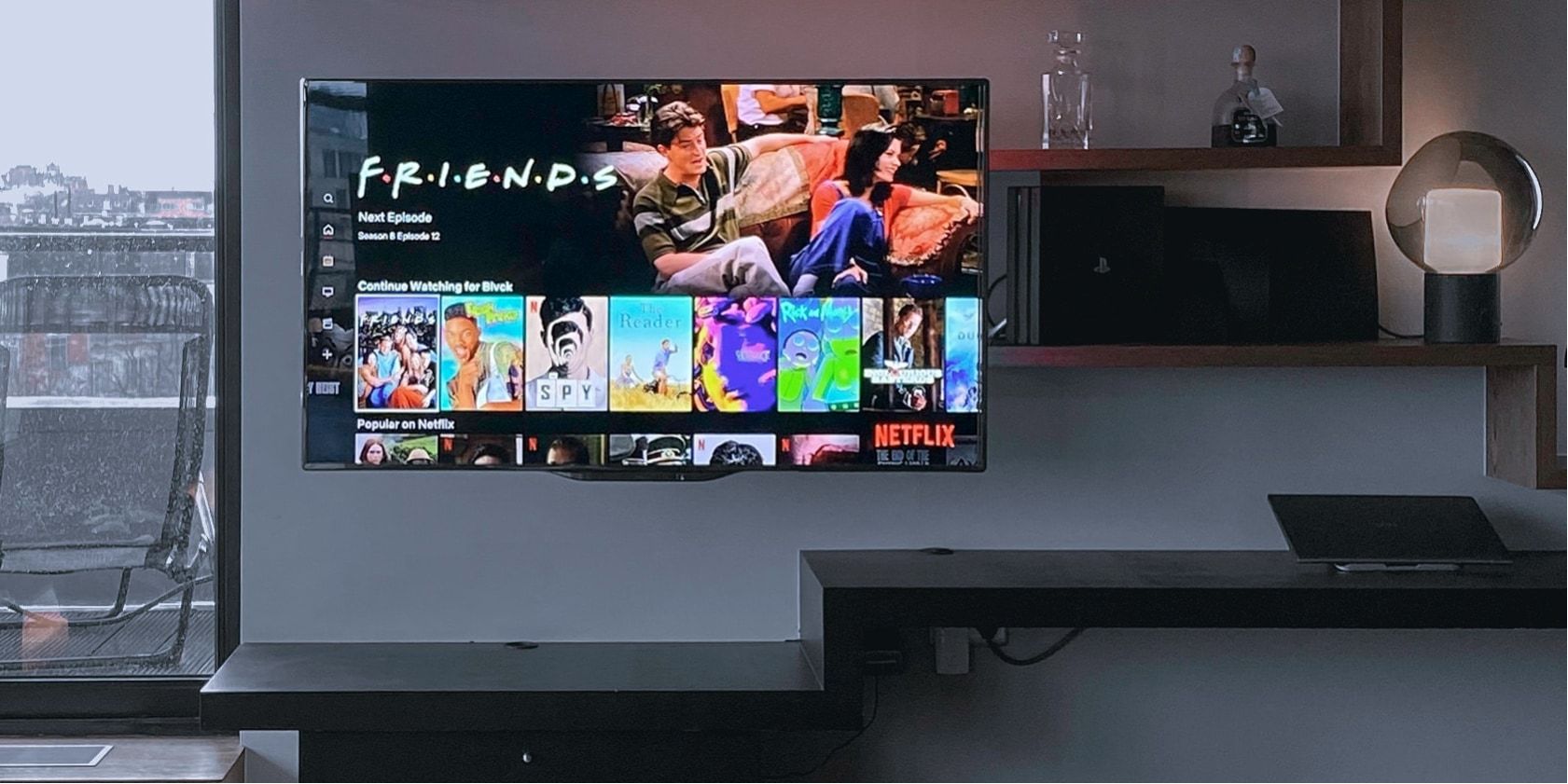Every year, it seems like there’s a new kind of television technology to learn about. Two of the newer types are OLED displays and LG’s NanoCell screens. These are two quite different kinds of TV that are often marketed around similar features.
So, what are NanoCell and OLED TVs? And how do they compare with each other? We’ve done the research in this article, so you don’t have to!
Read along to learn about the difference between NanoCell and OLED, including how they work and the pros and cons of each, so you know exactly what you’re getting.
What Is NanoCell Display Technology?
NanoCell is LG’s display panel technology featured in many of their newer TVs. NanoCell TVs are similar to traditional light-emitting diode (LED) and liquid crystal display (LCD) TVs. They're still backlit and offer the same resolution as other 4K televisions.
What sets NanoCell apart from OLED is an extra layer of nanoparticles that function as a color filter, improving the vividness and accuracy of displayed colors. In this way, NanoCell TVs are actually more similar to QLED displays. If you're wondering what QLED is, peruse our tech primer detailing the difference between QLED, UHD, and OLED technologies.
How Do NanoCell Screens Work?
Pixels in a TV display are red, green, and blue, with their combinations producing millions of possible colors. With NanoCell TVs, though, you get up to one billion possible color combinations, resulting in a much richer palette of colors.
However, incoming light can distort how the colors look on the TV screen. Pixels next to each other can also “bleed” their color to neighboring pixels and affect color accuracy.
LG says the color filter used in NanoCell-branded TVs filters out “unwanted light wavelengths.” In other words, it filters out light that would display the wrong color. This improves how the NanoCell TV reproduces red, blue, and green colors. Plus, it improves the purity of whites and blacks on the screen.
What Is FALD?
Some NanoCell TVs offer a feature called full-array local dimming (FALD) which divides backlight into multiple zones. This lets your TV control each zone independently to make specific sections dimmer or brighter without affecting the brightness of the whole scene.
FALD results in darker blacks and shadows and an enhanced dynamic range and provides a similar effect to OLED TVs for a much lower price.
NanoCell TVs: Pros and Cons
We've highlighted some of the most important benefits of buying a NanoCell TV and the biggest drawbacks to remember when buying one.
Pros of NanoCell TVs
- Image quality: NanoCell TVs offer better image quality and enhanced dynamic range than LED TVs with bright, vivid, accurate colors.
- Sharpness: The accurate colors of NanoCell TVs result in a sharp, detailed image.
- Price: NanoCells have a mid-range price, meaning about half the price of an OLED TV.
- Longevity: NanoCell TVs don’t fade like traditional LCD screens.
- Wide viewing angles: NanoCell TVs can be viewed from up to 178-degree angles.
- No burn-in: NanoCell TVs don't show burn-in if left on a static image for too long.
Cons of NanoCell TVs
- Blacks: The blacks are not as dark on NanoCell screens as on OLED TVs.
- Power consumption: NanoCell TVs consume more energy than OLEDs.
- Display tech: NanoCell TVs are still LCDs with a backlight, meaning that color accuracy and image quality are not quite there with OLEDs.
NanoCell TVs aren't all sunshine and rainbows, but there is a good mixture of pros and cons for consideration.
What Are OLED Panels? How Do They Work?
OLED stands for organic light-emitting diode. This newer digital display technology can show an image without requiring a backlight. Instead, each pixel is individually lit.
One benefit is that it’s possible to achieve “true black” where parts of the TV can be completely dark. This is possible because the pixels are turned off when the TV area is black. In addition, having each pixel individually lit means that OLED TVs have a very high dynamic range—much better than standard LEDs and NanoCell TVs.
OLED technology produces an incredibly detailed image. Because the colors are so vivid and there’s a higher dynamic range in the image, an OLED TV can produce an image much more detailed than its competitors.
TV experts and photographers highly rate OLED TVs because of their contrast, deep blacks, and excellent dynamic range.
OLED TVs: Pros and Cons
We've singled out some of the main reasons one would consider when buying an OLED TV and a few cons that OLED-based TVs have.
Pros of OLED TVs
- Image quality: OLED TVs produce very dark, deep blacks and bright, vivid colors, resulting in much better image quality than NanoCell TVs.
- Power consumption: Because OLED TVs don’t require a constantly running backlight, they’re generally more energy efficient.
- Thinness: OLED TVs can be thinner than other LEDs because they don’t require a backlight, meaning they can be used in curved screens (and other types, like rollable TVs).
- Gaming: Most OLED screens boast fast response times and low input lag. This is excellent for those looking for a TV to play games on. For specific recommendations, check out our list of the best gaming TVs for PS5 and Xbox Series X/S.
- Sports: Thanks to the fast response time, OLED TVs are excellent for fast-motion content such as sports than older LED and LCD screens.
- Longevity: OLED TVs maintain their brightness and accuracy with wide viewing angles.
Cons of OLED TVs
- Price: OLED TVs are much more expensive than other LED TVs and up to twice the price of LG’s NanoCell TVs.
- Burn-in: OLED TVs come with the risk of burn-in effect that occurs when an image “burns” into the screen. That being said, burn-in typically takes thousands of hours to occur.
Despite the attention to detail that OLED TVs provide, the issue of image burn-in can't be dismissed. Thankfully, many TVs now come with integrated tools to prevent burn-in.
NanoCell vs. OLED: Which Is Better?
LG’s NanoCell TVs are LCD screens that use in-plane switching (IPS) technology which brings a very wide viewing angle. The NanoCell TVs also feature a nanoparticle layer to filter out incoming wavelengths of light that would negatively affect color and brightness.
The filter primarily helps with the reds and greens, meaning that the color can’t “bleed” onto other parts of the screen. The result is that NanoCell TVs have very accurate colors compared to other LED screens. So, when it comes to NanoCell vs. LED, LG's panel has the upper hand.
On the other hand, OLED TVs are a completely different kind of screen. Organic light-emitting diodes are self-illuminating, meaning it’s possible to have truly black parts of the screen and incredibly vivid colors. Because there’s no need for a backlight, OLED screens can be made very thin and can also be made in curved formats.
Because each pixel is lit independently, OLED screens have insane image quality, less power, and faster response times than older LED and LCD competitors. If that's exactly what you're looking for, here is our list of the best OLED TVs on the market.
Which TV Panel Is Best for You?
In most cases, OLED outperforms NanoCell by offering better image quality and gaming performance, lower power consumption, deeper blacks, brighter whites, and gorgeous color.
On the other hand, NanoCell is better for indoor use in brighter rooms. Importantly, NanoCell TVs aren't prone to burn-in and are much cheaper than their OLED counterparts.
Keep in mind your budget and goals, and then choose a TV that suits your needs best.


